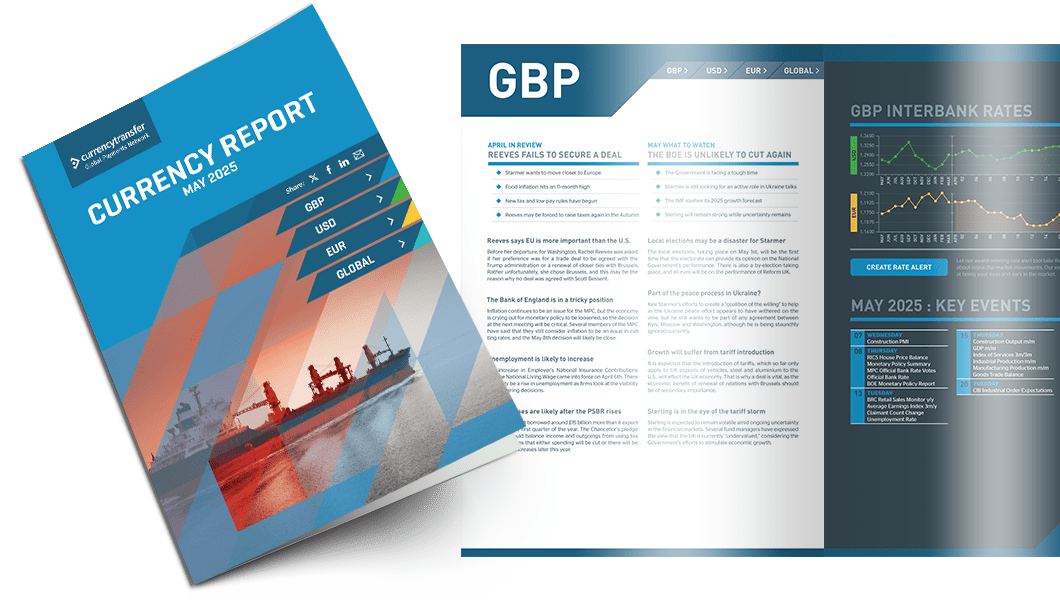
Highlights
- Families extra “lockdown cash” gradually dwindling
- Goolsbee sees no reason to doubt soft landing
- 2024 growth not expected to be any better than 2023
Broadbent injects a sense of reality into the economic debate
Broadbent has slavishly followed the Governor’s lead as rates have risen since December 2021. However, he opened up more about the economy in general in a speech yesterday giving some insight into the ongoing discussions about tighter monetary policy.
In Broadbent’s opinion, interest rates have reached their peak since there are obvious signs that higher rates are beginning to bite, not just in the fight against inflation but slowing demand.
Households that had managed to save during the periods of lockdown caused by the Pandemic have seen those savings dwindle down to nothing as the country has gone through a cost-of-living crisis the likes of which hasn’t been seen for a generation.
The fact that headline inflation has fallen while core inflation has remained stubbornly high is of little to no consequence for families who are still struggling to put food on the table and pay their energy bills.
The Government has finally faced up to the incredible rise in the cost of HS2 and while the “Manchester leg” has been scrapped, the North and other areas of the country including Wales and the South West are set to see smaller but no less important infrastructure projects gain approval in the run-up to the General Election.
Next week will see the Opposition Labour Party hold its annual conference, and it will need to react positively to the initiatives that are being suggested by the Government to show that it is indeed ready to form a government.
The Construction ISM data which was published yesterday gave a vivid portrayal of the effect of higher interest rates. Output fell from 50.8 in August which showed a moderate expansion to 45 in September which reflects a significant contraction.
The pound is still in the thrall of the dollar. Yesterday, it gained for the second day in succession as traders were unable to decipher the data published this week for the employment market.
It reached a high of 1.2196, closing at 1.2192.

Read our latest currency report
Most impactful events planned this month and how they could impact your business
Corporates, ignoring rate increases, borrow another half a trillion dollars
There has been very little background information provided to back this view, but in the market’s opinion, not only is there “no smoke without fire”, but the views of the major investment banks has remained similar since the spring, although they have kept their own council as inflation has fallen while employment has only declined moderately.
This week’s employment market data has been confusing for analysts and traders alike.
The JOLTS job openings data fell moderately in September, in line with market expectations, while new jobs created by the private sector “fell off a cliff”, falling from an upwardly revised 180k in August to just 89k last month.
This drove a concern that the September employment report that will be delivered later today will finally see the major decline that has been predicted since the Spring.
While output numbers delivered this week have been, overall, positive, it is employment and inflation that drives the Fed, and a headline number of less than 100k later will bring the Bloomberg report to the fore.
Austan Goolsbee, the President of the Federal Reserve of Chicago believes that he has not yet seen any sign of anything other than a soft landing.
No one believes that this will be easy to achieve, and it is impossible to say when it will be reached, but it may be fleeting and there will be hiccups along the way.
The dollar index has seen a pause in its advance this week due to a mass of contradictory indicators and drivers. Yesterday, it fell to a low of 106.32 and closed at 106.34. It retains strong support around 105.50/55 and falls to around that level will likely be seen as buy opportunities by nimble traders.
ECB weapon of choice to be fiscal
It is hard to quantify her views other than to say it is an oblique way of saying that the cycle of interest rate hikes is about to end.
In a speech this week, Lagarde reiterated her view that interest rates will remain high for an almost indefinite period.
Rising long-term interest rates are bringing concern to the more indebted nations of the Eurozone who no longer have the ECB “backstopping” their new bond issues, but the ECB is actively discussing that its next policy initiative will be the reduction of its balance sheet.
The sales of long-term bonds and the redemption of short-term maturities will drain liquidity from the market and make bond market operations difficult for all but the most liquid Central Banks.
This week’s publication of PMI data for both the Eurozone and its individual members has not made pleasant reading and points to not only a recession having begun in the third quarter which will continue through until the end of the year, but the entire Eurozone is now unlikely to see growth in 2024 that is any stronger overall that this year.
Factory activity has been a major disappointment this year. The fall in output that was precipitated by the energy crisis has not been resolved despite the fall in overall energy prices recently.
As already mentioned, the rate of unemployment is still extremely low, but it is hard to delve beneath the headlines as the data simply isn’t available. There is little donut that several nations have continued to employ their citizens in social projects and activities, but while activity grows, output doesn’t.
The Euro continues to receive help from the dollar’s inability to make progress. It rose to a high of 1.0555 yesterday and closed at 1.0543. The market is still short euros overall, so any unwelcome news for the dollar from today’s data could be magnified.
Have a great day!

Exchange rate movements:
05 Oct - 06 Oct 2023
Click on a currency pair to set up a rate alert
Alan Hill
Alan has been involved in the FX market for more than 25 years and brings a wealth of experience to his content. His knowledge has been gained while trading through some of the most volatile periods of recent history. His commentary relies on an understanding of past events and how they will affect future market performance.